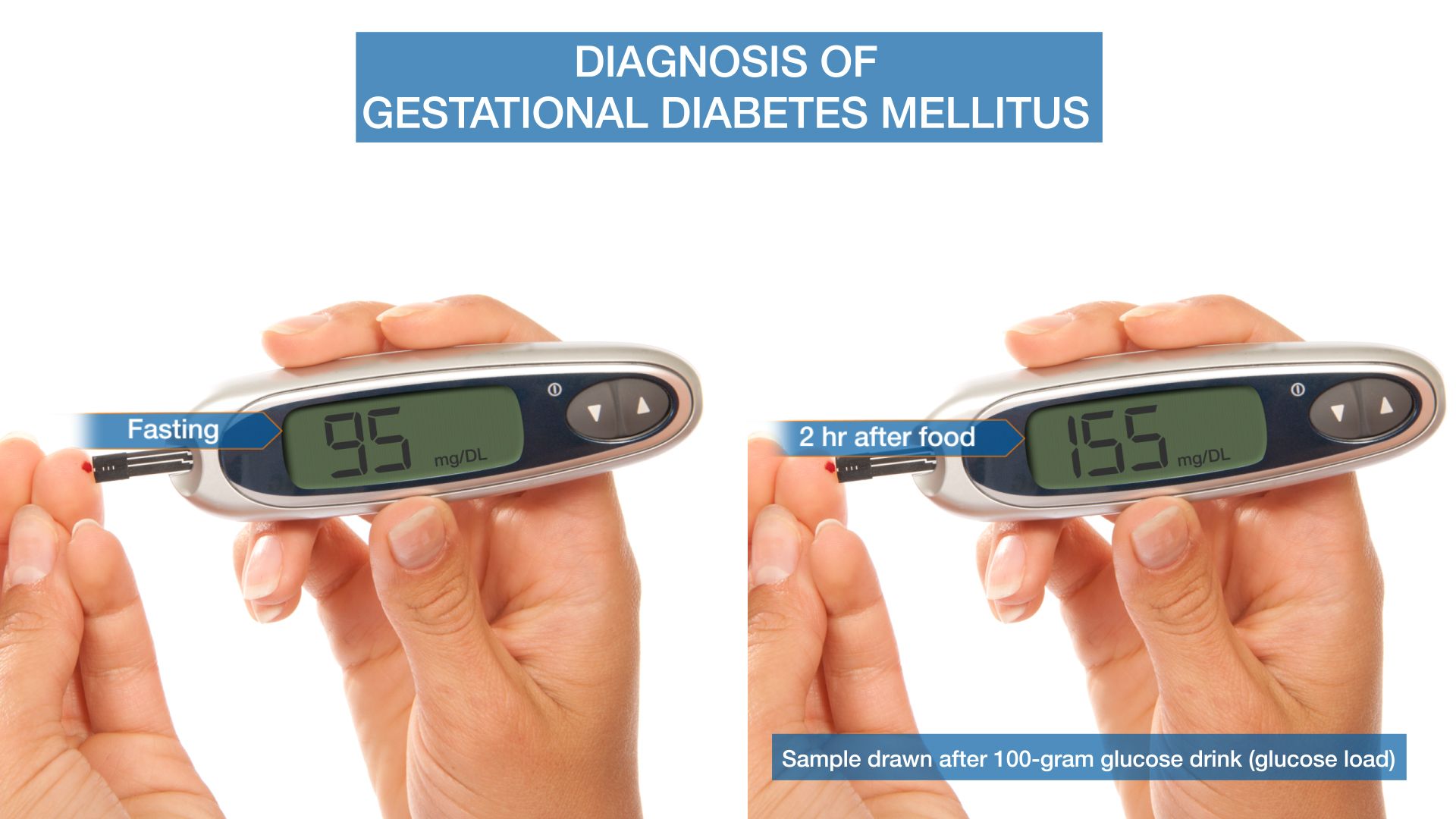Having diabetes raises the chance of developing a number of diseases. Here are some to watch out for:
Hypertension
This serious condition of high blood pressure often affects people with type 2 diabetes. High blood pressure is the second most important symptom to control in diabetes after blood sugar. The reason behind the significant correlation between the two diseases is a mystery, but it is widely assumed that a high-fat, high-sodium diet, and inactivity have led to a rise in both conditions.
In healthy people, a B.P. reading of 140/90 is considered normal, but for type 2 diabetics, doctors recommend keeping readings lower, i.e., below 135/80. According to the American Diabetes Association (ADA), the combination of hypertension and type 2 diabetes is particularly lethal and can significantly raise a person's risk of having a heart attack or stroke.
You may also like - Not all exercises are equal when it comes to Hypertension
Cardiovascular Disease and Stroke
American Heart Association (AHA) designates diabetes mellitus as a major risk factor for CVD. Also, the risk of mortality by stroke increases by almost 3 times in diabetics in comparison to non-diabetics, the reason being high blood pressure. This is because in diabetes the cells that line the blood vessels and maintain normal blood pressure get damaged.
You may also like - Transcatheter Heart Valves are Revolutionizing Valve Replacement Surgery
Chronic Kidney Disease (CKD)
Renal disease is a common and often severe complication of both type 1 and type 2 diabetes. Roughly 35% of patients with type 1 diabetes since 18 years, have signs of diabetic renal involvement and up to 35% of patients beginning dialysis therapy have type 2 diabetes. Unfortunately, as kidney problems worsen, they themselves can be a cause of hypertension, creating a vicious cycle.
This first stage of CKD is microalbuminuria in which small amounts of the blood protein albumin begin to leak into their urine. The kidney's filtration function usually remains normal during this period and the condition can last for years before the disease actually manifests.
In the next stage called macroalbuminuria or proteinuria, more albumin leaks into the urine, and as a result, the kidneys' filtering function begins to drop, making the body retain various waste products.
For those who live with diabetes for more than 25 years without any signs of renal abnormality, the risk of ever developing a CKD decreases.
You may also like - The Five Stages of the Disease That 13 Million Americans Don’t Know They Have
Nerve Damage
More than half of all people with diabetes develop some form of nerve damage throughout their bodies in the form of neuropathies. These are apparently more common in people who have problems controlling their blood glucose, as well as those who are overweight with escalated values of fat and blood pressure. This is, quite understandably, because the fat deposits narrow down the blood vessels, limiting their supply of oxygen and other nourishing sources. Some of the symptoms of diabetic neuropathy are pain, numbness or tingling sensation in extremities (toes and fingers. People also come up with digestive complaints like nausea, indigestion or constipation, and some may even have sexual dysfunction.
You may also like -Neurology
Skin Complications and Retarded Wound Healing
Impaired wound healing is a common complication of diabetes mellitus. One of the reasons could be reduced cell proliferation and aberrant control of apoptosis. It is believed that peripheral arterial diseases and peripheral neuropathy that can accompany diabetes, reduce the blood circulation to the. A lack of circulation in the extremities can result in a reduced supply of oxygen and nutrients to the body tissue and nerves, which is necessary for healing. Over time, nerves in these areas may become damaged, decreasing the sensation of pain, temperature and touch, making patients vulnerable to injury.
Apart from wounds, diabetics are also more prone to several bacterial and fungal skin infections, itching, and other allergic reactions, which may also lead to amputation.
You may also like -How do Wounds Heal?
Eye Diseases
Blockages in the retinal blood vessels of diabetics can cause diabetic retinopathy in which the retina loses its function and causes blurry or double vision. Several other vision problems like cataracts, glaucoma and even blindness is caused in some people. Glaucoma occurs when pressure builds up in the eye. In most cases, the pressure causes impeded drainage of the aqueous humor so that it builds up in the anterior chamber. The pressure pinches the blood vessels that carry blood to the retina and optic nerve. Vision is gradually lost because the retina and nerve are damaged.
The chances of developing retinopathy are 60% in diabetics, while those of suffering from glaucoma are 40%, with the risk increasing with age.
You may also like - Ophthalmology: Seeing Through A Clearer Lens
Dental Problems
Poor control over blood glucose levels is also a likely cause for the development of gum diseases, bad breath and teeth loss. High glucose levels in the saliva of diabetics encourages the growth of harmful bacteria. These bacteria react with food to form a sticky plaque which causes tooth decay or cavities. Gum disease, once developed, can take longer to heal in diabetics, and having gum disease, in turn, can make the blood glucose hard to control.
You may also like - Understanding the Root Canal Treatment using Medical Animation
Alzheimer's Disease
Lately, Type 2 diabetes has also been linked to the risk of developing Alzheimer's disease and other forms of dementia. While not all research confirms the connection, many studies suggest so. Vascular dementia occurs due to brain damage due to blocked blood flow to the brain, which causes cognitive impairment. Some researchers think that each condition fuels the damage caused by the other.
You may also like - Molecular Screening: The New Ray of Hope for Alzheimer’s Treatment









